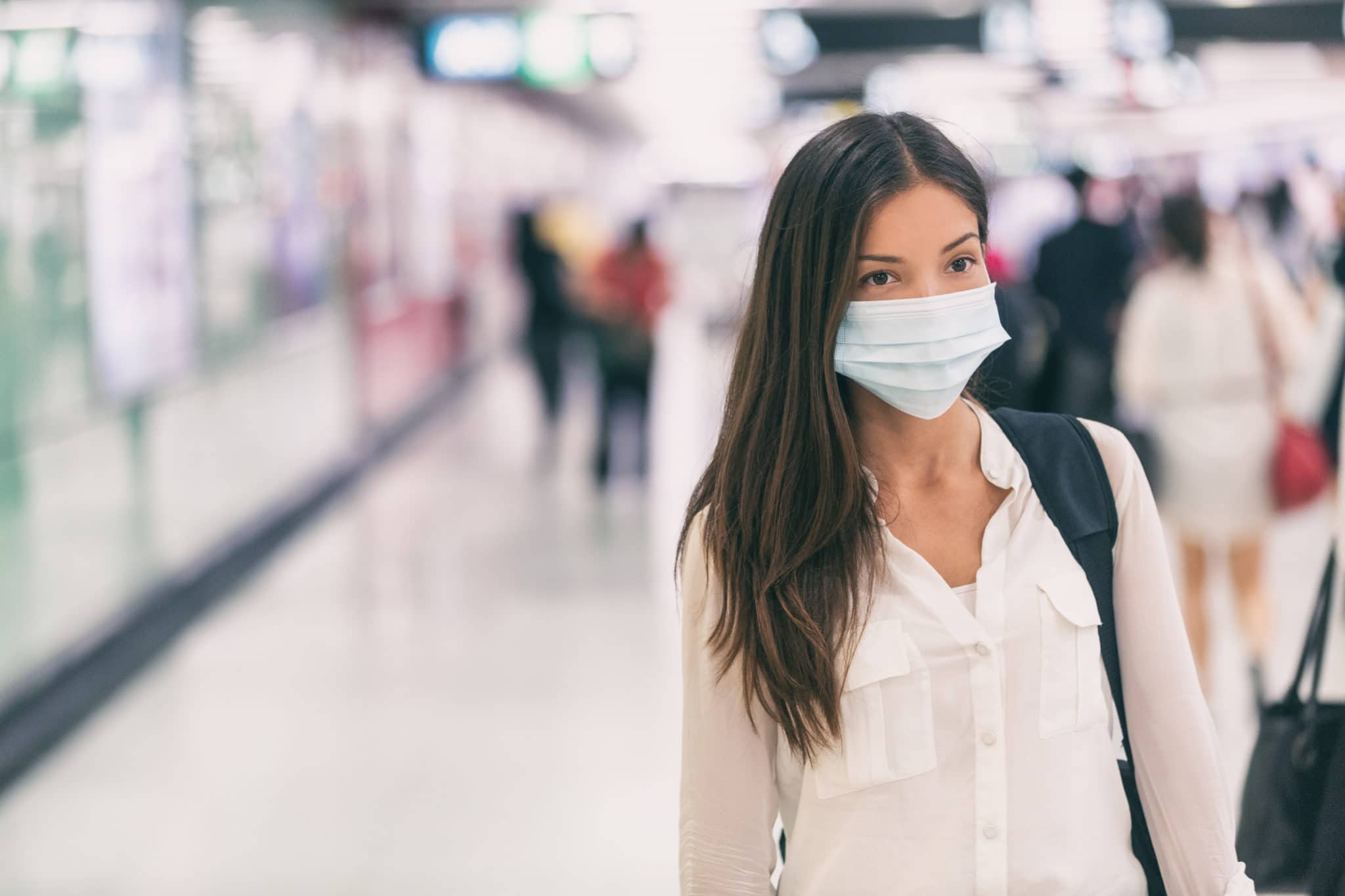
David Lowe from Synectics talks to Security Journal UK about how integrated surveillance can help those sectors hardest hit by COVID-19.
While it is true that COVID-19 has had a dramatic impact across many industries, leisure and hospitality venues have been amongst the biggest casualties. Periods of enforced closure, capacity limitations and movement restrictions have certainly taken their toll.
Emerging from the pandemic, venues ranging from hotels and museums to concert venues and sports stadiums will need to entice visitors back and do so in a way that is efficient, safeguards customers and demonstrates operational compliance with a raft of rapidly evolving demands linked to virus management programs.
Advanced control room technology provides an ideal solution – particularly as many of these venues will already regard video surveillance as a ‘must have’. The truth is that with the right integrations and the right command and control software, major leisure and hospitality venues can turn a security essential into a mechanism for making the new norm, simpler. Often with less resource.
Do more at the door
Keeping COVID-19 out of such locations in the first place is of course, the ideal. Prevention is better than cure. But how?
Much publicity has surrounded the use of thermal camera technology in this respect. Not necessarily so much in hospitality and leisure to date, but certainly in transport, particularly airports – with temperature testing for passengers dictating access to onward travel.
The same principle offers heavy footfall businesses and venues a quick check solution to keep potential infection incidents at bay. Crucially, it can be achieved seamlessly by integrating thermal camera stations with existing surveillance system workflows. Should a specified maximum temperature be exceeded, alarm events are triggered automatically by the thermal cameras placed to monitor entrance queues and associated with identification imagery – to ensure door staff have the information needed to restrict access accordingly.
Capacity management with multiple entrance points
While a useful tool for some, however, the thermal camera scenario outlined above is not necessarily ideal for all. Especially for establishments where multiple entrances and exits make more structured access protocols tricky.
One answer may be to link thermal camera solutions in with track and trace functionality, an area I will come onto in more detail later. But another is to focus not only on who is entering a property but how many.
For instance, by utilising integrated people-count technology surveillance command and control solutions allow control room operators to accurately track the number of people entering and exiting a location – regardless of how many entrance/exit points there are. This makes obtaining a real time capacity status, possible.
Overlayed against desired limits (in line with social distancing and/or more official capacity regulations as part of COVID-19 control dictates) and using built-in workflow customisation, this information can be programmed to trigger alerts if a maximum limit is close to being (or is) breached, accompanied by guidance for staff…issued via text, phone or radio comms…regarding the temporary access restrictions necessary.
An interesting and important point about this set-up, is that as well as helping businesses easily enforce customer safety protocols it also prevents ‘false capacity’ alerts that may lead to unnecessary loss of custom i.e. having the live view of guests or visitors leaving a venue, as well as entering, means the capacity count is not falsely inflated.
Crucially, operators can also apply this capability to specific areas within a property to ensure social distancing is continuously maintained – for instance a stadium concourse or hotel lobby. Different areas of course having different calculations based on the space available and known coverage area of the cameras. As well as safeguarding the public, this has operational benefits as it can help prevent bottlenecks or overcrowding that may hinder service provision.
Again, if the system detects that the number of people is approaching maximum safe limits for social distancing, it can be set to trigger a workflow which immediately alerts and deploys customer support/security personnel to disperse people from that area.
Track and trace
So far, I have talked about potential mechanisms for keeping COVID-19 out and minimising the risk of spread through social distancing enforcement. But how can leisure and hospitality businesses manage instances of confirmed cases? Again, surveillance has a solution.
Facial recognition integrations can, with the right support, easily be re-purposed for contact tracing. On learning that a visitor has tested positive for COVID-19, operators can rapidly filter video footage to find the individual and then automate their search to review any scenes where the person appears (using details not just of their face, but clothing colour etc.) in order to see where they went and who they came in contact with. Hours’ of monitoring completed in minutes make it possible to limit virus spread, rapidly close off and clean areas accordingly and to make sure customers are alerted to any potential exposure.
Surveillance
In many ways, surveillance has traditionally been a touchy subject for leisure and hospitality venues to talk about with customers i.e. the public. It’s seen rather as an essential security and safety tool that quietly operates in the background. Something to shout about? Maybe not.
But that could be about to change. By potentially expanding the remit of surveillance to protect the health, safety and security of guests and visitors in the wake of COVID-19, being able to demonstrate protocol enforcement and process compliance might actually be a way to build trust and confidence in customers. A way to entice business back through the door. And that’s something that’s hugely important right now.
Find out more about Synectics by visiting: https://www.synecticsplc.com/
This article was originally published in the February 2021 edition of Security Journal UK. To pick up your FREE digital copy click here.